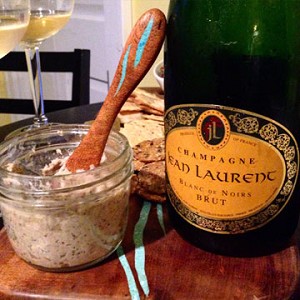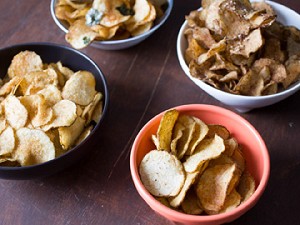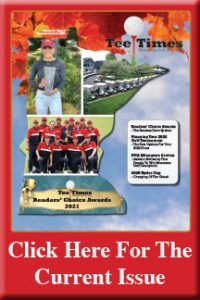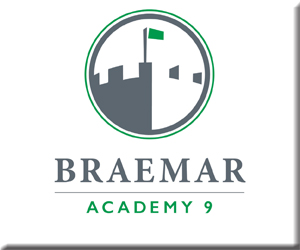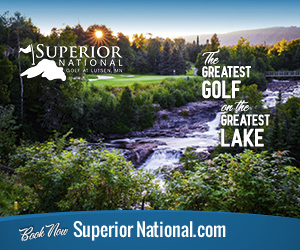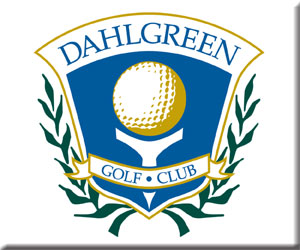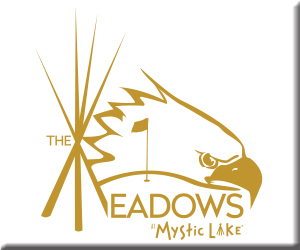Red, White & Sparkling!
By Leslee Miller
Looking to add a sizzle to your summer gatherings? Then get ready to pop the bubbly! From the regions of France, Germany, Italy, Austria, the U.S. and beyond, the world never tires of the dazzling styles of sparkling wines made worldwide. Most notably produced from the region of Champagne, France, but most enjoyed by the country of Germany (that’s right, the Germans consume the world’s most bubbly!), sparkling wines are seamlessly always in style and are meant to be drunk any time of the year. Even some of the world’s most famous people have thought so…
‘I drink Champagne when I’m happy and when I’m sad. Sometimes I drink it when I’m alone. When I have company I consider it obligatory. I trifle with it if I’m not hungry and drink it when I am. Otherwise, I never touch it — unless I’m thirsty.’
― Lily Bollinger House of Bollinger Champagne
‘There comes a time in every woman’s life when the only thing that helps is a glass of champagne.’
― Bette Davis
‘In success you deserve it, and in defeat you need it.’
― Winston Churchill
What can I say? There aren’t many folks that don’t think sparkling wine is meant for any or every occasion. So, the world over loves sparkling wine, check. But, have you ever given thought to the styles of bubbly worldwide, the regions from which they come, the words that make up a sparkling wine’s label or even of the grapes that these tasty wines are made of? With that said, I thought I’d put out a sparkling wine primer, before you pop that next bottle of bubbly.
First things first.
Let’s talk grapes, regions and naming requirements. Most traditionally, the sparkling wines made from the region of Champagne, France (the only place in the world where you can call sparkling wine, ‘Champagne’) consist of the grapes: Chardonnay, Pinot Noir & Pinot Meunier. Other areas in France like: Alsace, Loire, Bordeaux and Burgundy also produce sparkling wines from the grapes in their own areas, yet these regions are required to call their bubblies ‘Cremant’, because they live outside of the region of Champagne. Cava, the most famous sub-region of Spain, produces a delicious salty, yet zesty style of sparkling consisting mostly of three grapes: Macabeu, Parellada, and Xarello. Riesling makes up the majority of Germany’s ‘Sekt’ (German term for sparkling wine). Glera, the long standing synonym of Italy’s Prosecco grape, is the grape most famously used to produce sparkling Prosecco wines in the country’s north, yet Italy also boasts its ‘Champagne-like’ rivaling region: Franciacorta, which hosts the grapes: Chardonnay, Pinot Noir and Pinot Meunier, like those of their friends in the north.
Speaking of Italy, let us not forget about the country’s deliciously sweet sparklers made from Moscato and the intriguing line up of Lambruscos from the region of Emilia-Romagna.
Moving along, Austria is known for their stunning sparkling Grüner Veltliners, and well, the U.S. is known for our great American sparkling wines made from the states of Oregon, Washington, California, New Mexico and New York. While our country likes to focus on the traditional sparkling grapes: Chardonnay, Pinot Noir and Pinot Meunier, we have been known to throw a few others into our bubbly blends.
Lastly, don’t forget about all the others that produce bubbly just as well. From South America to Australia and New Zealand, many take the grapes of their regions to produce a variety of stunning sippers. So really to wrap this up, Champagne is Champagne and well, everyone else pretty much plays by their own regions and (sometimes), grapes.
Next, what should I expect from all of these world class sparkling wines?
Okay, so we’ve listed off Champagne as pretty much the ‘Mother of all Bubblies’, right? So why is she so expensive? When you get right down to it, much of the cost has to do with the time spent in bottle and the fact that all Champagnes undergo a secondary fermentation in the same bottle from which they are sold. This process, referred to as Méthode Champenoise, actually makes the wine produce bubbles and is still the most expensive way of making sparkling wine due to the amount of time and energy that it takes to create the wine. While no two Champagnes are built alike, there is a certain yeast-like character that develops in the regional Champagne style. Toasted brioche, baked bread or even roast-y aromas are more of the region’s signature style. A style that often delivers a type of sophistication and personality that is unmatched in the world of sparkling.
Next, let’s look at Italy.
Many of the wines from the region of Franciacorta can rival the Champenoise due to their similar style of fermentation and grape requirements, making their flavors fall along the similar characteristics that Champagne delivers. However, Prosecco, Moscato and Lambrusco all have their own personalities ranging from bone dry to deliciously sweet. Remember, Proseccos should still taste dry, Lambruscos range from dry to sweet (and best served with charcuterie!) and Moscatos, when produced correctly, should still deliver a level of freshness and acidity amongst their luscious mouthfeels.
On to Germany!
The home to Sekt (not to be confused with the word ‘sec’, which means dry and refers to a style), and produced mostly of Riesling, ends up producing some of my favorite Eastern European sparklings. While most Americans lump all Riesling as sweet, the Sekt style couldn’t be farther from this myth producing a style that encapsulates bits of honey, crunchy green apple, dried peach and sometimes, mouthwatering citrus.
And, Spain…
Still some of my favorite, more salty, linear styled bubblies in the world. Fresh, bright and for me, always so much more lively than many of its European counterparts due to its climate and production styles. Great for sipping or adding to cocktails!
Moving through to our new world styles – U.S., South America, Australia and New Zealand.
Remember, we’re using a lot of the same grapes Champagne uses in these regions, but due to more of these climates’ warmer growing areas, these sparklers tend to lean towards a more creamy, supple mouthfeel than what we’d find of the French Champagnes.
And, what about Eastern Europe? Austria, Slovenia, Croatia.
You guessed it. ALL producing sparkling wines from their own native grapes, but again of cooler regions, so expect more citric, sometimes higher acid styled bubblies. Great for cutting through creamy cheese plates and rich fat driven dishes.
So what about the label.
Does the label really matter? You bet it does. Especially when it comes to sparkling wines. First, have you ever noticed that most sparklers don’t have a vintage date? That’s because most bubblies are typically blends of two to three years, allowing a winery to create a house style that fits the overall brand or palate of the winery. If you do happen to see a vintage date on a bottle (esp. of Champagne), expect to pay more. This typically means that the year listed was exceptional and that the house who created it wanted to make a wine distinctly showcasing that particular vintage.
Next, and most importantly, the terms (in order of driest to the sweetest) will appear on labels: Brut Nature, Extra Brut, Brut, Extra Dry, Sec, Demi-Sec and Doux. These words give buyers a full indication as to how the wine will appear on your palate. These are important things to look for the next time you reach for a bottle of Champagne, especially if you’re looking to use your sparkling wine to distinctly pair to a certain style of food.
And, what about those tricky phrases: Blanc de blancs, Blanc de noirs and Rosé?
Blanc de blancs means that the wine is only of white grapes (denotes Chardonnay), Blanc de noirs is made only of black grapes (indicating Pinot Noir & Pinot Meunier) and Rosé indicates that red or black grape skins were left to macerate with clear juice for a short amount of time, or that a small amount of red grape juice from Pinot Noir or Pinot Meunier was blended, to make the wine pink in color. Both of which are excellent methods for making delicious dry pretty colored pink bubblies!
And certainly, last but not least – my two last tips for bubbly.
One, is there a perfect food for pairing to sparkling wines?
Yes, of course! First, potato chips (all flavors), you heard it here. And, popcorn, a must. Most importantly, anything fried. Sparkling wines LOVE fried fat, as those little bubbles lift fat solids off of your palate helping to keep your tongue nice and light, ready for your next bite.
Lastly, speaking of ‘little’ bubbles…
Remember Don Ho’s ‘Tiny Bubbles’ song? Well it turns out, old Don was on to something. The bubbles, referred to as the ‘mousse’ in sparkling wine, often gives you the indication of quality. The saying goes: the tinier the bubble, the finer the bubbly. All true.
So there you have it. From top to bottom, regions to grapes, styles to pairings – do you really have an excuse not to drink bubbly this holiday, or any other time of year for that matter? So raise a glass, clink your neighbor and enjoy that sparkler this holiday season no matter the style or color you select!
